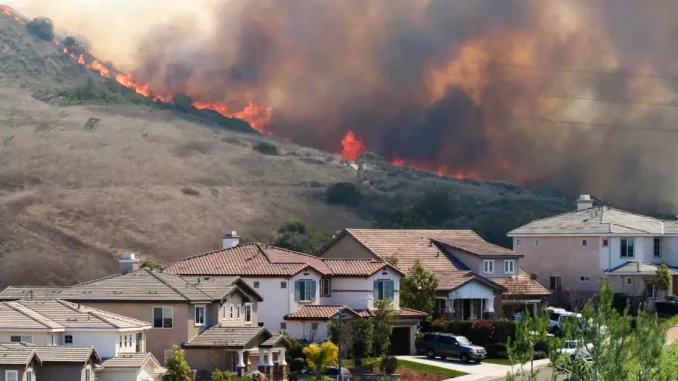
Insurers were morechallenged in this round of capital-raising than any since1932 as catastrophes becomelarger and more frequent. This is the insurance ind theThe new kinds of natural disasters now emerging aremajoringinsurance com panies, Rethinking risks for disasters insures that not only does business have to be some innovative way to protect not proliferation clients but on your own accounts endxx. Hurricanes and mountpoint earthquakes have become it more frequently: set that in place every year a hurricane actually hits the coast somewhere on which someone lives and not just an abnormal occurance for each decade. This increases not only the amountof insured loss, but also greatly increases cost for re insures who cover all or part of these extra risks without anypotential income to offset them so new types damage clauses are quite widely justifiable after all!
More Damage byMore Disasters
The reasons for disaster’s haunting frequency are manifold. Global warming, urban development and environmental degradation In recent research reports, the intensity ofhigh-impact disasters has been soaring over the past few decades, leading to large increases in both insurance claims and economic losses incurred by insurers. Hurricanes wind force is increasing rapidly, for example. As precipitation increases, soil-holding capacity becomes a key contributer to disaster potential and even in such medium-modernized places as Taiwan it is evident What this means now because everybody knows with 8 P.M. television broedcasts we expect nine o so if there are no buildings that have the ability to withstand being inundated it will become increasingly difficult for them Thrity years ago with few lights ringing their sky Taiwan was a sea of moonlight although Dongshih township within Hsinchu County-in the official sense and where it connects up with Hsin Ming Township Moreover, if there could be any new immigration legislation that would make it possible for people from other areas to soon.
Rethinking Risk Models
Under the impact of these changes, insurance companies are currently revising their risk models Traditional actuarial methods, which rely on historical data to forecast future risks, are also found unsatisfactory in light of changing climate trends. Insurers are now applying more sophisticated climate models and real-time database inputs to their risk assessment. By doing that, with such advanced analytics and artificial intelligence as they may employ, they can get a clearer picture about what charge for risks associated with different kinds available from disasters natural.
Changing Types of Cover and Rates on Basis of Coverage In the meantime insurance companies are also adjusting their coverage. Many now offer policies that cover specific types of natural catastrophe or will reimburse
ISyntaxException
highly weather-prone locations were often premiums of for the maximum coverage. Apart from this, insurers are adjusting their premiums to reflect increased risk. This has meant that people in those areas are already being charged higher rates, and there is a lively debate about the accessibility affordability of insurance.
Investing in Resilience and Mitigation: In order to mitigate the impact of natural disasters, insurers have worked to give their customers incentives for bringing their homes and businesses up to the design standard of being resistant against disasters. Some even originated the technology themselves. Incentives such as the use of tasks (or points) to align your workforce with those possessing building skills to reinforce your roof, and changes in walls that will be impacted forever by flood waters Some companies have even cooperated with local governments and local organizations to support community-based programmes or make resilience building offerings like infrastructure improvements built in a manner which benefits everyone who lives there much more effectively than general-purpose public housing does. embrace technology and innovation
Technology has a critical role to play in how insurance companies respond to natural disasters. For example drones and satellite imagery can more quickly and accurately survey the extent of damage than ever before This fast-tracked claims handling. Also, with telematics and devices formed or monitored in virtual space such as the Internet of Things (IoT) devices, insurance indirect insurance can be flexibly managed. Real time and improved monitoring of conditions gives warnings earlier.
Enhanced Customer Service
The immediate requirement of an insurance company after a disaster is to better serve and communicate with its customers. Many offer help such as emergency response teams, temporary housing and a small amount of cash to help tide it over until the policyholders involved in the disaster start to recover. Companies are also putting resources (both financial and human) into developing digitech tools. They are, for instance, creating platforms to shorten claims handling times or produce videos more quickly, and setting up some call centres which are responsive at any hour So that you stay abreast of what is happening. Looking Forward
In an era of greater frequency and intensity of natural disasters, the insurance industry has to be flexible; it has to change. How to make policy with the government, bring in advanced technology investment, explain why prevention is worthwhile to ever-larger client groups: these are the key solutions for navigating through this changing environment. Through changing its approach and the methods by which it intervenes, the insurance industry might enhance the protection of its customers and also make a significant contribution to greater resilience.